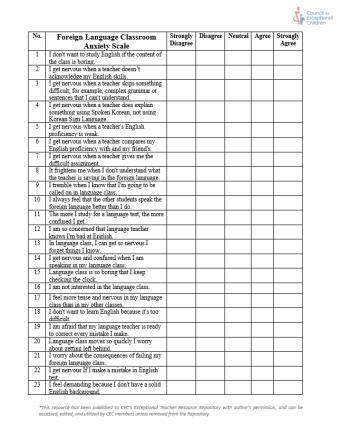English Language Learners
An English language learner (ELL) is a student whose primary language is not English, and whose English proficiency or lack thereof provides a barrier to successful learning.
As of fall 2017, the National Center on Education Statistics reports that 5 million public school students (10.1%) are English language learners. The most common home language of ELLs is Spanish, comprising 74.8% of ELLs (7.6% of all public school students). ELLs with disabilities make up approximately 14% of the ELL population (about 718,000 students). The most common identification for ELLs is a learning disability (LD).
Source: ed.gov
$martPath All-Access

$martPath All-Access was created with one goal in mind: making financial education work for every student. We know how important it is for all kids—including those with developmental disabilities—to build real-life money skills. That’s why we teamed up with an expert inventionist to design a set of flexible, easy-to-use resources that teachers can use in the classroom and families can use at home.
These materials are meant to go hand-in-hand with the regular $martPath lessons—not replace them. They’re organized by level, and each level includes three versions: “A” is the most complex, “B” is
Using Phoneme Discrimination to Help Emergent Bilinguals With Reading Disabilities Acquire New Sounds
Cultural Responsiveness in Data-Based Individualization and Literacy Assessment for English Learners

Working Collaboratively with Diverse Families in the IEP Process

Waived English Learners: The Understudied Intersection of English Learner and Special Education Status
Foreign Language Classroom Anxiety of Secondary Deaf Students

